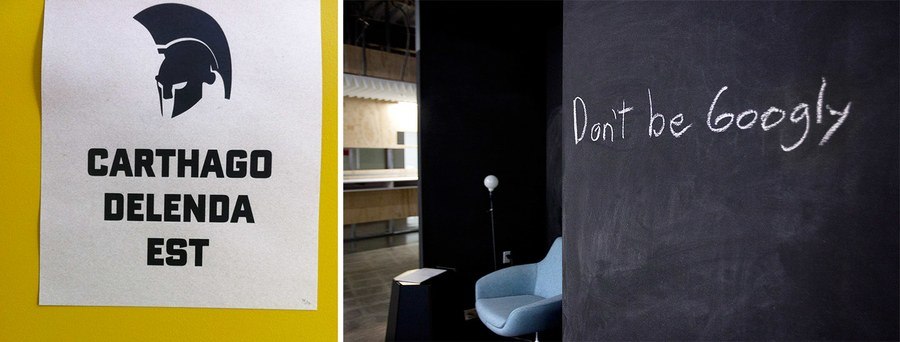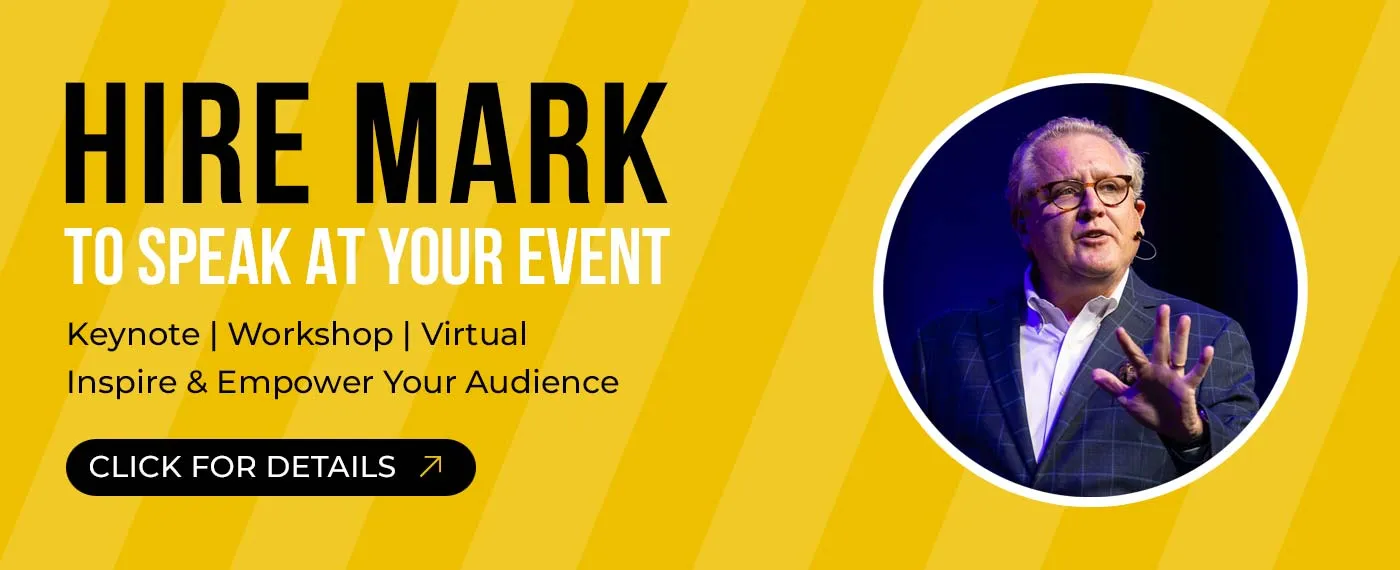
By Mike Allton, {grow} Community Member
For years, I’ve tried to push back against the narrative that this or that social network is “winning” or “losing” against other networks. Often, the idea that there’s such a high level of competition is created by industry pundits to generate more hype and interest in their clickbait articles.
In other words, fake social media news.
But, in all fairness, it’s time to call a spade a spade.
Facebook is out to get all of the other social networks.
And by get, I mean completely dominate into woeful submission.
As a funny side note, it used to be harder to discern perceived competition and responsive innovation. Back when Facebook was in its infancy, changes and additions were usually harder to pinpoint and callout as being a direct result of another network’s feature usage.
For instance, in 2006 when Facebook was just a year old, Twitter was launched. At the time, the more popular competitors to Facebook were MySpace and Friendster (with YouTube and Bebo also having launched the previous year). Do you suppose that Facebook opened up the platform to anyone over 13 as a response to Bebo’s growth among teens?
Possibly.
Today, however, it’s so much easier to draw these kinds of conclusions.
Recently, the marketing world awoke to the release of “Messenger Day” – Facebook’s implementation of a Snapchat-like story that users can build out of images and video, and which is automatically gone after just 24 hours. And, minutes later it seemed, the same feature was integrated into the mobile Facebook app.
Coming on the heels of Facebook-owned Instagram releasing a similar feature called… wait for it… Stories, that makes two obvious examples of Facebook’s determination to capture Snapchat’s appeal among a younger demographic.
Isn’t that just copying what others have done? What’s the point?
What is Facebook’s Motivation?
Simply put, Facebook is determined to maintain a healthy business model which, you have to realize, relies completely on advertising.
Individuals and businesses get to use the platform completely for free. What makes the enterprise sustainable for Facebook is advertising revenue, at $5 billion quarterly!
This model has led Facebook stock to soar, put it at #157 of the Fortune 500, and ranked the social network as the #3 fastest growing company in the world.
That sounds great so, you might be thinking, what’s the big deal? Does Facebook have to own everything? Not quite. We need to understand how the business advertising model works, and how Facebook’s growth is key to its success.
The economics of Facebook
Traditional advertising like, say, television, was based on using a 30 or 60-second spot to reach whomever was viewing particular broadcasts. You would obtain the typical demographic of the station as well as the program, and certainly the viewing area, to get a rough idea of who might potentially see your ad. The more viewers a program tended to get, the higher it’s ratings and the more expensive ad placement would be for commercial breaks.
Contrast that with Facebook where businesses can set up their own ads in minutes, select very specific targeting criteria, run multiple ads against each other as tests, and get fine-grained reporting on how many people actually saw and clicked on ads. All for a fraction of what it costs to advertise on TV.
It really is one of the best, most cost-effective advertising options available to businesses.
If… their target audience is using the platform and identifiable through available targeting.
When Facebook looks at YouTube or Snapchat, it’s through that lens. The question isn’t necessarily what can a network do and how do we do it better, but rather, is that network drawing market share and penetration for key demographics?
For years, Snapchat was growing fastest among young adults. It’s a quick, fun network that is not as intuitive or even useful for older generations. That’s fine of you’re LinkedIn and are only concerned with subscribing members of the workforce, but what if you want to sign brands that target young people?
Put it another way: if you owned a company whose largest market segment were teenagers, and you wanted to use advertising to reach them on their preferred social network, would you choose the network that they seem to be leaving, or the one they seem to flocking to?
That’s the crux of the issue that Facebook saw developing some time ago. As Facebook’s user base continued to get older and older, and young people tended to prefer other platforms, Facebook’s future advertising revenue was suddenly cast in doubt.
Not The First Or Last Threat
On June 15, 2011 Mark Zuckerberg gathered his entire company around a giant aquarium in the middle of Facebook’s headquarters and proclaimed that they were facing an existential crisis.
Google had just launched Google+ in an obvious ploy to take their battle for talent and market share to Facebook’s home turf – social.
Zuckerberg famously put the company on lockdown and quoted Cato, Carthago delenda est (“Carthage must be destroyed.”)

Image Credit: Vanity Fair
While it was as much Google’s ineptitude as Facebook’s zeal that resulted in the demise of Google+, the end-result was the same nonetheless.
Facebook buried Larry Page’s misguided attempt to enter the social arena. By 2014, not only had Facebook secured it’s place at the pinnacle of social, they’d also given themselves confidence to take on any perceived threat.
Like video.
For nearly ten years at that point, the online video space had been dominated by YouTube and their billion users. Early 2015 however saw some very interesting developments that, once again, shook Facebook’s self-awareness.
In March at the annual SXSW conference in Austin, TX, a new live streaming platform was announced. Meerkat quickly became the talk of the town as countless influencers jumped on and started sharing (it helped that they were already at a fun conference with share-worthy people and happenings all around).
Just a short month later, at Social Media Marketing World, Twitter released their live streaming platform, Periscope (while simultaneously killing off some of the integration Meerkat had depended on for growth).
SnapChat and Google+ already had integrated video at that point, with new group video apps like Blab starting up, so suddenly Facebook was looking as old and dated as LinkedIn again.
The sheer number of competitors, however, actually worked in Facebook’s favor as they spent considerable time and resources competing with each other. That left Facebook free to develop video solutions that were highly functional and integrated, and would retain Facebook’s overwhelming market share.
Today, Facebook users not only have the capability to upload and stream video, they’re encouraged and rewarded by the social network. And with new features like side-by-side 2-user broadcasts being rolled out, along with other innovations, many users no longer have to choose between this or that network.
Facebook has once again destroyed Carthage. Viva la Roma.
 Mike Allton is an award-winning blogger and author at The Social Media Hat, as well as the CMO for SiteSell. As a long-time student of history and social media marketing, he often helps business understand the historical context in which social and business developments take place. He can be found on Twitter and Facebook.
Mike Allton is an award-winning blogger and author at The Social Media Hat, as well as the CMO for SiteSell. As a long-time student of history and social media marketing, he often helps business understand the historical context in which social and business developments take place. He can be found on Twitter and Facebook.
Illustration marked safe for re-use by Upsplash.


